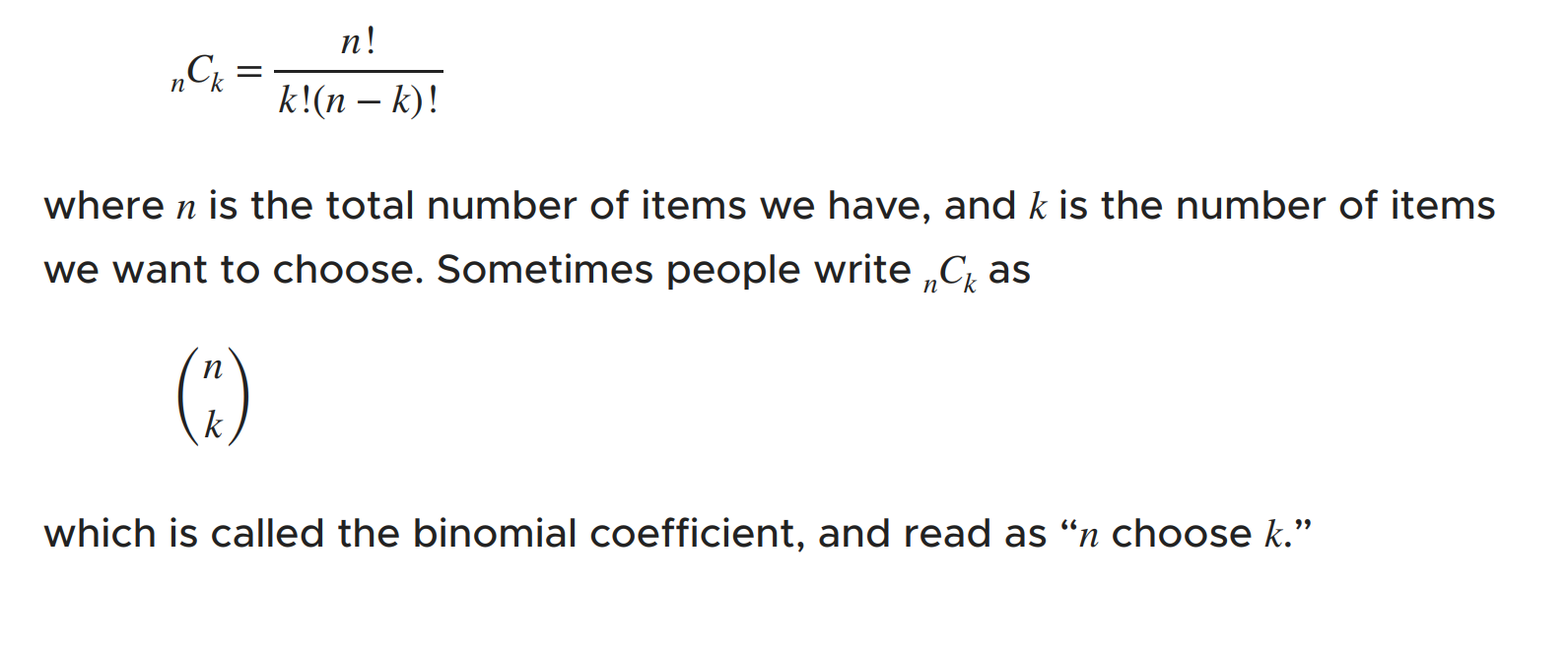Probability & Statistics v5 - Discrete random variables
1/8
There's no tags or description
Looks like no tags are added yet.
Name | Mastery | Learn | Test | Matching | Spaced |
|---|
No study sessions yet.
9 Terms
Discrete random variables
A variable that takes only non-decimal numbers
Probability distributions for random variables
- In probability distributions for all random variables, the probabilities of each of the possibilities has to sum to 1, or 100%.
- The fact that a valid probability distribution always sums to 100 % allows us to find missing values in our data.
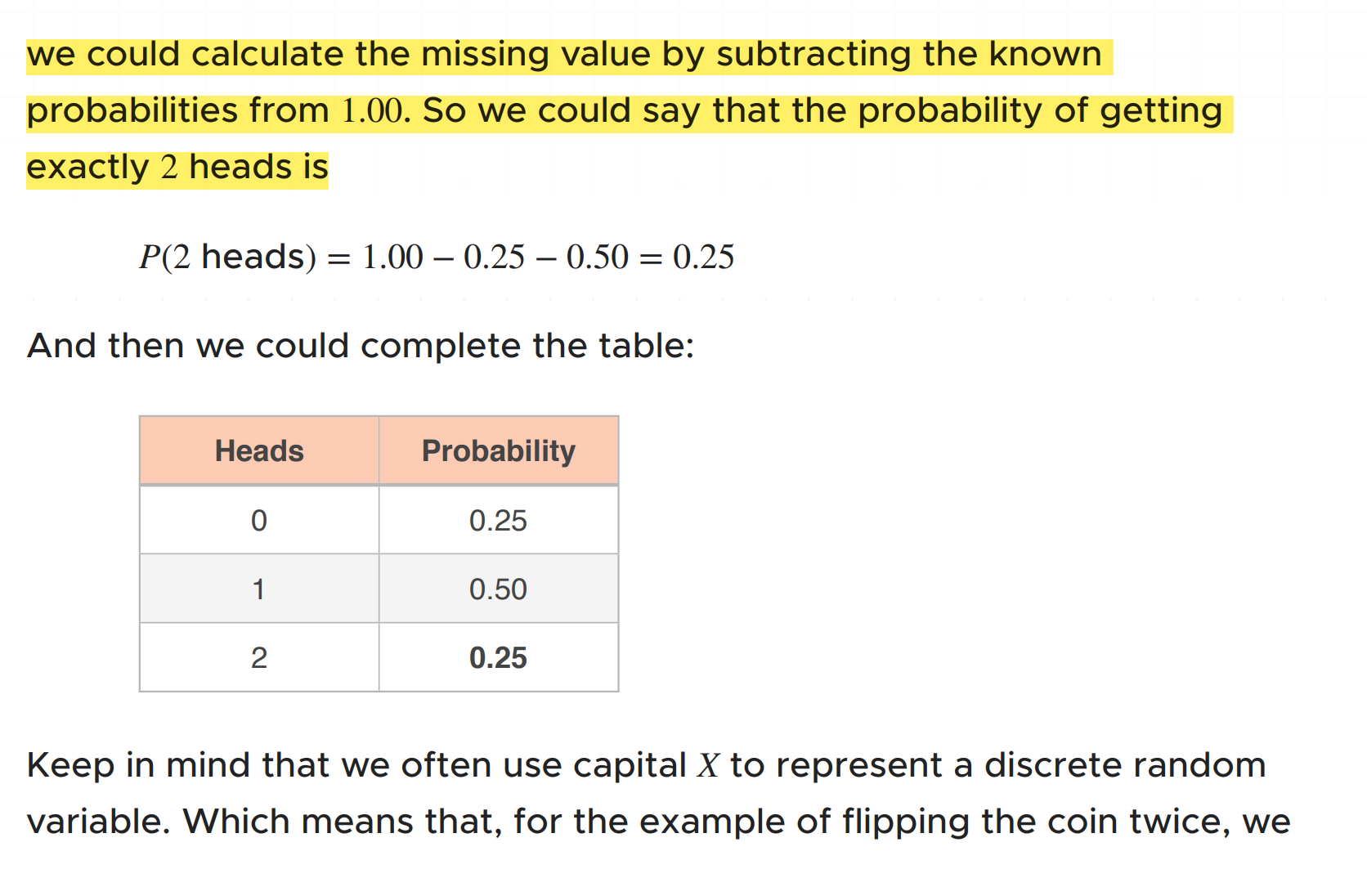
Expected value
Once we have a probability distribution for a discrete random variable, X, we can calculate the expected value E(X), which is the mean of X. The way we handle that with a discrete variable is by “weighting” each value.
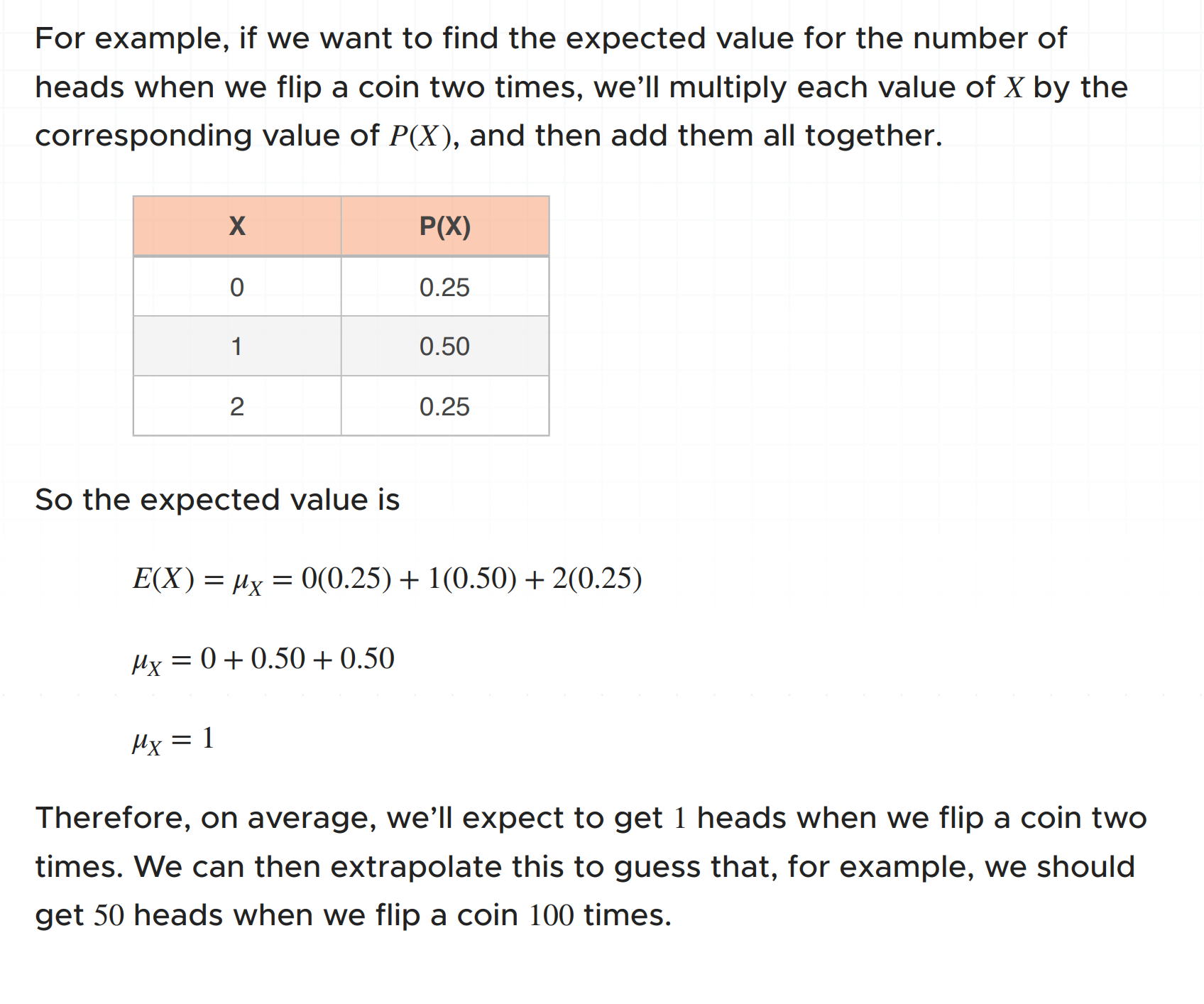
Variance of discrete random variables
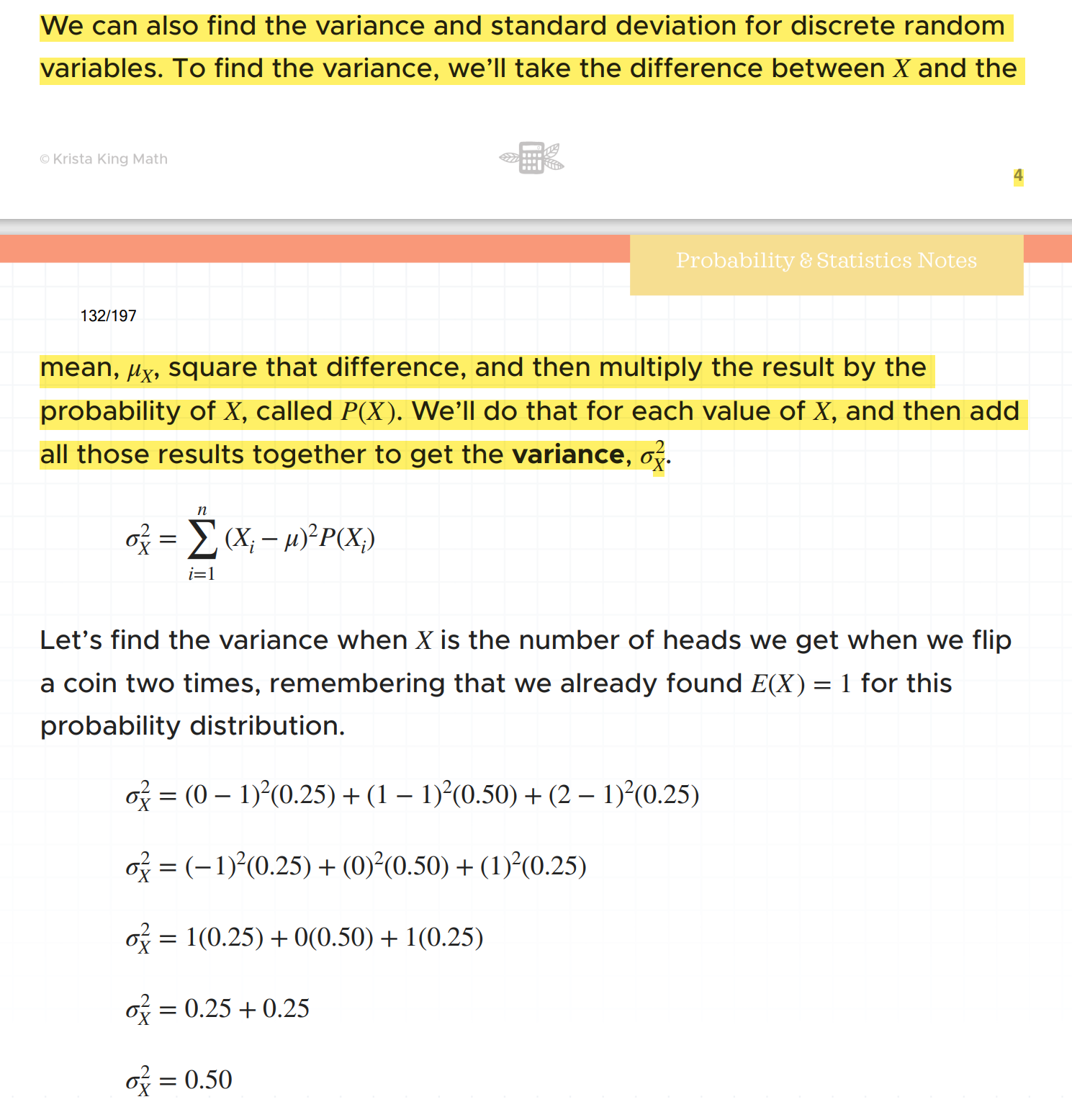
Standard deviation
We can also find the standard deviation of X, σX, which is just the square root of the variance of discrete random variables
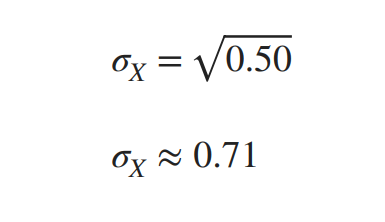
Linear combinations of random variables
Linear combinations of random variables let us know what happens when we combine two data sets, either by adding them or subtracting them

Combinations of normally distributed variables
When we combine variables that are both normally distributed, the combination will be normally distributed as well.
Permutations
A permutation is the number of ways you can arrange a set of things, and the order matters.

Combination
A combination is the number of ways you can arrange a set of things, but the order doesn’t matter.
